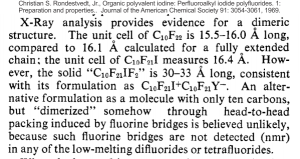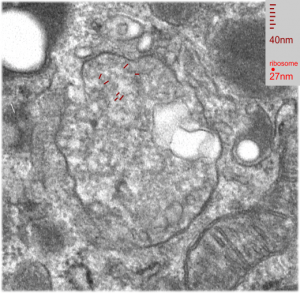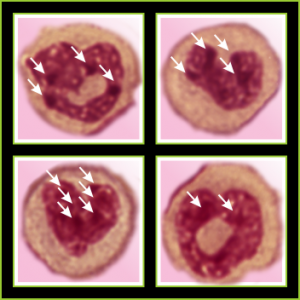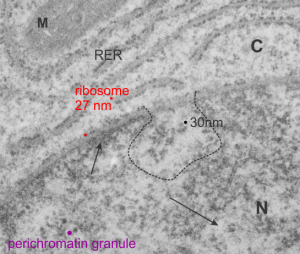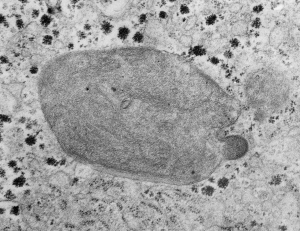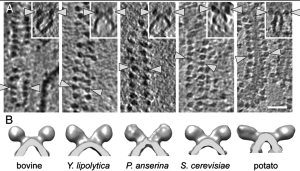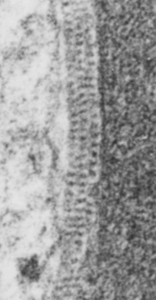Humectants, cosmetics, antifreeze, frostings, hair products, but not good for some animals.
I don’t have to be scared to death more than about once to make a change in my behavior. Go back about 6 years, when i had 3 dogs, all very different. One a yellow lab mix, one a husky mix, one a black brown and white generic mix. I purchased some rawhide chews from a national chain pet store, one afternoon, and fed one to each dog. About 11 at night, one dog was throwing up blood, the other in huge gastric distress with diarrhea and vomiting. Hello… this was not coincidence. The vet bill was about 300 dollars. I took the treats back to the store, the disavowed any relationship. I never bought another chew (and assumed it was part of the melamine scandal, in retrospect, maybe it was a glycol).
January 21 2017, I visited that same pet store (under different ownership now, bought out by PetCo), and I purchased what I THOUGHT was a bleached bone. I got home and it had “peanut butter flavor” some gooey stuff in it… I knew better, but I scraped it all out, and busted the bone into pieces (sanding down the edges a tiny bit so they weren’t sharp) and fed to my two current dogs (one weimaraner and one black brown white generic mix). One hour later, the weimaraner is kicking and jumping around then on the ground excessive salivation, in obvious gastric distress (or perhaps a petit mal seizues), i try to comfort him, we head off for the emergency room vet, where we wait for 45 minutes. Lucky me, he recovered sufficiently to be walking around and curious and no longer in any distress (at least by outward appearance). So we left the vet, he has since been fine. BUT I AM NOT FINE.
Next morning i called PetCo in Cincinnati and asked them to read the ingredients that match the UPC on my receipt… fourth or fifth ingredient (AFTER WATER no less) is propylene glycol. My weimaraner has the agouti gene, he doesn’t have the same panel of liver enzymes that other dogs do, there is much variation in this, and the human food and pet food industries are completely “clueless” about genetics. There should be NOTHING in food that the sensitive population of individuals should not be warned of. OF course there are food allergies, for humans and pets, but they are lacing products with non-nutritional ingredients, unnecessarily exposing humans and pets and the only reason is PROFIT. Shameful.
The FDA claims that propylene glycol is GRAS (generally regarded as safe) TO ME THIS MEANS NOTHING MORE THAN — WE ARE NOT GOING TO TACKLE BIG FOOD INDUSTRIES — unless we have to. After all, they fund us. So sad.
Here is a newsletter so long ago about the glycols, people died. People as in human beings. Check your meds – labels. I don’t know about you…. but it is crystal clear to me: READ THE LABEL, IF YOU CANT PRONOUNCE IT (by the way, the clerk in PetCo could not pronounce tocopherol (yes yes i know that is vitamin E… no complaints)… ha ha..let alone propylene glycol — so the people who sell this stuff are not the best sources of information. )
I don’t know about you…. but it is crystal clear to me: READ THE LABEL, IF YOU CANT PRONOUNCE IT (by the way, the clerk in PetCo could not pronounce tocopherol (yes yes i know that is vitamin E… no complaints)… ha ha..let alone propylene glycol — so the people who sell this stuff are not the best sources of information. )
Here are some sites to visit. THE BOTTOM line is NOT that all things we cant pronounce are bad, but there is “risk” in every environmental “chemical”, some naturally occurring, some artificial, some worse than others, some so toxic that nanogram quantities can end life. The BOTTOM line is — think about WHY an additive is present, decide if it is necessary for food taste, nutrition, or if it is there for profit and shelf life. Always recognize that we are not all created equally, except under god, but under biology all 7 billion, and counting, are unique). Find your (and your pets) uniquenesses, and be open to observation, be informed (the internet is only a good place for information if one is willing to weed out the hype), and sometimes just restrain yourself from using products full of additives. It is dangerous enough to eat what nature has concocted by evolution in the last 14 billion years, let alone what man adds for shelf-life.
SCIENCE DIRECT


And from our own betty crocker…. a cake with propylene glycol just behind oil in the ingredient list… ha ha

So here is my theory: bone is dry, peanut butter flavor gew is wet, polyethylene glycol goes to the dry bone – after all it is used to “soften and hydrate”, and is present there even though I scrape out the peanut butter flavor stuff, in just sufficient quantities to cause gastric upset. I rule out the peanut butter allergy, because the dog has been fed natural peanut butter many times without incident. Of course the peanut butter flavor gew is not really peanut butter. I don’t know if the sugars, salt also seep into the bone from the filling. Probably.
 I found a paper that showed a TEM of a dense round intracrista inclusion that had some similarities to what is seen in the Gclcwc/ii hepatocyte specific KO mouse at 50 post natal days. Paper is Characterization of Intracellular Inclusions in the Urothelium of Mice Exposed to Inorganic Arsenic Toxicological Sciences 137(1), 2013 by Puttappa Dodmane et al. I cut and pasted part of one of their electron micrographs of a mitochondrion with such an intracristae inclusion (right side of picture) next to what is seen in the KO mouse (my picture, left side of image).
I found a paper that showed a TEM of a dense round intracrista inclusion that had some similarities to what is seen in the Gclcwc/ii hepatocyte specific KO mouse at 50 post natal days. Paper is Characterization of Intracellular Inclusions in the Urothelium of Mice Exposed to Inorganic Arsenic Toxicological Sciences 137(1), 2013 by Puttappa Dodmane et al. I cut and pasted part of one of their electron micrographs of a mitochondrion with such an intracristae inclusion (right side of picture) next to what is seen in the KO mouse (my picture, left side of image).
